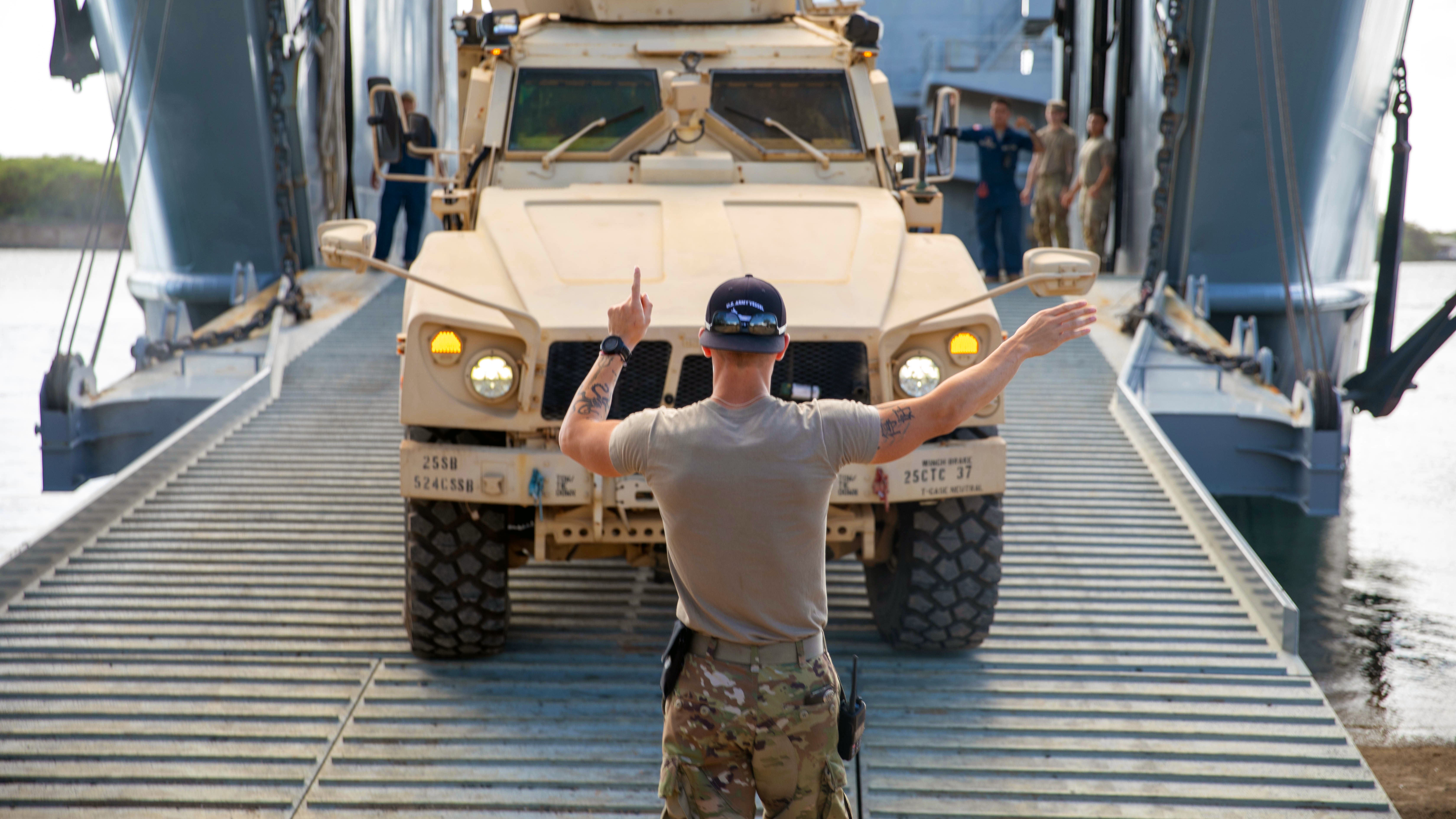Fast-Modernizing Army Needs Sustainment Help
Fast-Modernizing Army Needs Sustainment Help

As the Army moves forward with its modernization priorities, the service’s sustainment enterprise is keeping up strategically and operationally by investing in new capabilities and improving existing ones, the Army’s senior sustainment officer said.
Informing the future of those sustainment capabilities will be lessons learned from the Army’s ongoing Project Convergence effort, which pairs soldiers with scientists in the field to test new capabilities.
Through the program, which includes participation by the other services, “we've been laying in joint mission threads that are specific to sustainment so we can develop the capabilities needed,” Gen. Edward Daly, commander of Army Materiel Command, said March 18 at Global Force Next, a virtual conference hosted by the Association of the U.S. Army.
By focusing on issues like logistics reporting for new weapons systems that have increased transportation needs, increased rates of fire and increased fuel demands, Daly said, “Project Convergence will give us a better look at what sustainment requirements will be necessary at aimpoint 2035.”
Army Chief of Staff Gen. James McConville has set 2035 as the year the Army will be ready and equipped to conduct multidomain operations.
From a strategic perspective, Daly said, it’s imperative that the sustainment enterprise continue to invest in its organic industrial base by building modern production and manufacturing capabilities.
“We are executing a 15-year, $16 billion plan to modernize the 26 arsenals, depots and ammunition plants that comprise our organic industrial base,” Daly said. The plan “allows for procurement of 21st century capabilities to include robotics, computer program logic, sensors, and streamlined engineering and machining efforts to optimize production.”
Daly pointed to several sustainment capabilities that need continued development and improvement, such as reducing the demand for fuel, oil and lubricants with alternative fuels or electrification; providing platform prognostics and predictive maintenance at the tactical points of need; providing manufacturing capabilities at the corps and division levels; and developing enhanced water purification to reduce the need for water distribution.
The Army also must work on robotics that can handle materiel and equipment as well as autonomous air and ground resupply systems; new tactical trucks and trailers; an integrated, synchronized system for medical logistics; and improved mission command.
Operationally, Daly said there’s work to be done to ensure interoperability within the joint force as partner capacity is built and improve ship-to-shore logistics capabilities.
For more on Global Force Next, click here. This year’s hashtag is #GlobalForceNext.

